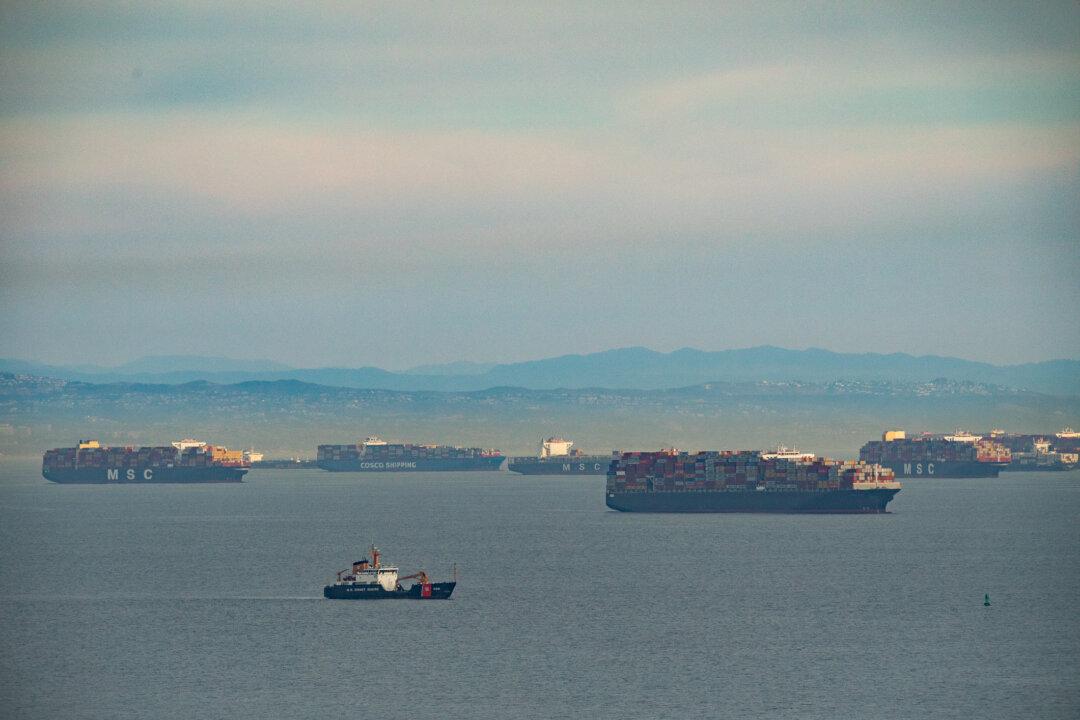Commentary
If you go down to the coast in Southern California and look out to sea, you easily can spot dozens of container ships stuck waiting to move into port and unload their goods.

If you go down to the coast in Southern California and look out to sea, you easily can spot dozens of container ships stuck waiting to move into port and unload their goods.